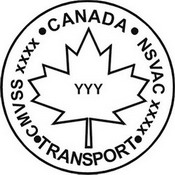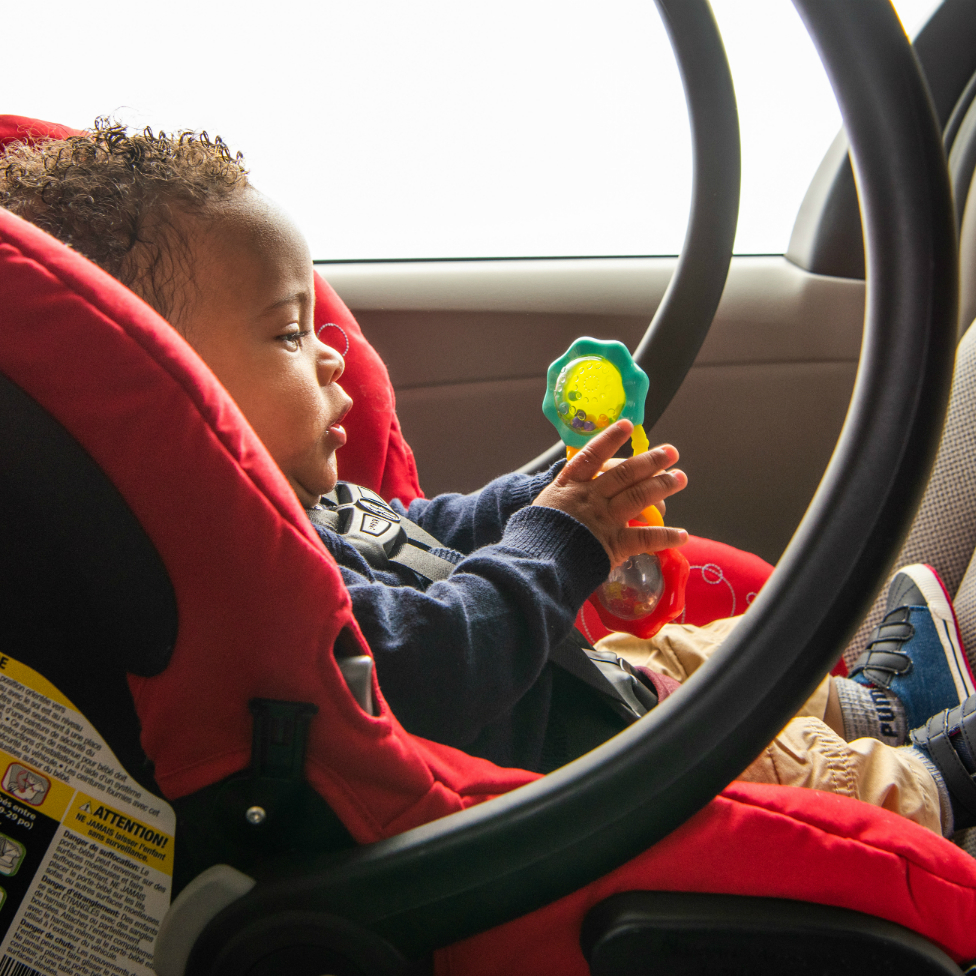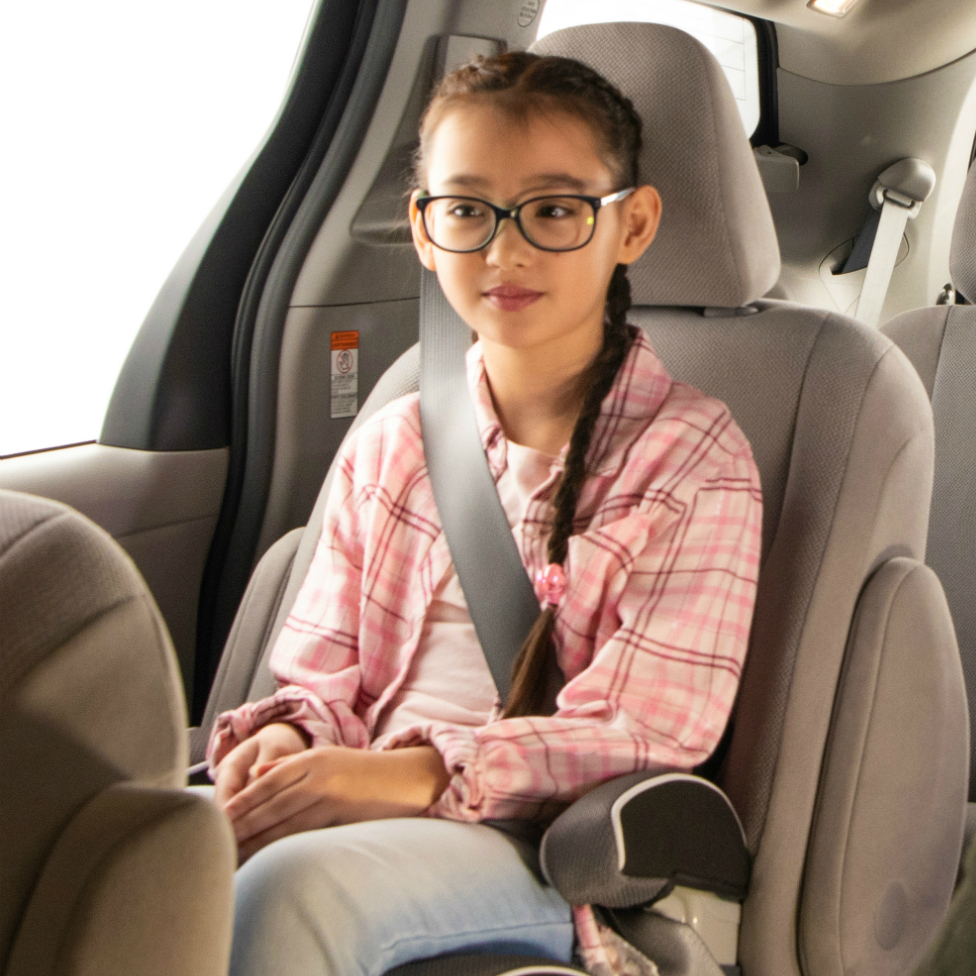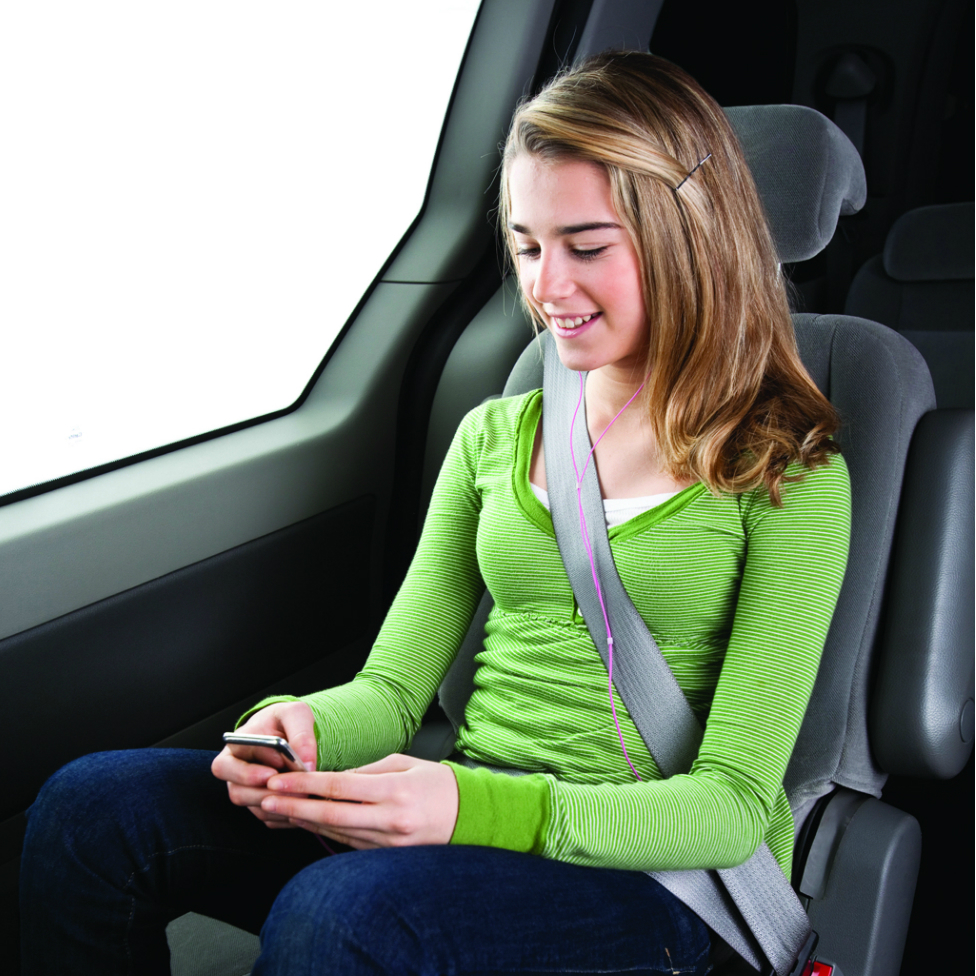Choosing the right child car seat for your child can be confusing. Keeping your child safe is the priority. When you use them correctly, child car seats and booster seats can greatly reduce the risk of injury or death in a crash.
On this page
- Before you start
- The four stages of child car seat use
- Checking for recalls, safety notices and active defect investigations
- Using a pre-owned child car seat or booster seat
- How to register your child car seat or booster seat
- When to get rid of your child car seat or booster seat
- Contact Motor Vehicle Safety
Before you start
Each province and territory may have its own age, height and weight restrictions. Consult the website for your province or territory for more information.
Some child car seats fit more than one stage. Check the manufacturers' labels to find the child car seats made for your child's height and weight.
Always look for the National Safety Mark. It is proof the child car seat meets Canadian safety standards.
It is illegal to import, sell or use child car seats in Canada that do not have a National Safety Mark.*
Parents are strongly advised to buy a child car seat only from a Canadian retailer in their area. This way, you may also be able to check the fit in your vehicle before buying the child car seat.
Find out more about Child car seat cross border shopping – what parents and caregivers should know, and be careful when buying child car seats and booster seats online!
*This rule does not apply to custom restraint systems for disabled persons, unless the restraint is made for use only on a school bus.
The four stages of child car seat use
There are four stages of child car seat including seat belt use for children. Each stage is designed to keep your child as safe as possible, given their particular age, height and weight.
Stage 1: rear-facing
Infants and young children ride facing the rear in an infant seat with a detachable base or in a convertible seat. This helps protect their head, neck and back throughout the journey, during sudden stops or in a crash. All child car seats have a recommended recline angle based on the weight of your child. For example, newborns and premature babies need to be tilted back more than older babies. This helps support the head and helps to keep their airway open. Keep your child seated rear-facing until he or she reaches the child car seat's weight or height limits.
For tips on installing your rear-facing seat, go to Stage 1: rear-facing seats.
Stage 2: forward-facing
Children who have outgrown their rear-facing seat and weigh at least 10 kg (22 lb) may ride facing the front in a child car seat. These child car seats have a built-in harness designed to keep your child safe throughout the journey, during sudden stops or a crash. Use a forward-facing seat until your child reaches the maximum weight or height limits for the child car seat. Some forward-facing seats are made for children who weigh up to 30 kg (65 lb).
For tips on installing your forward-facing seat, go to Stage 2: forward-facing seats.
Stage 3: booster seats
Booster seats are designed for children who have outgrown their forward-facing seat and weigh at least 18 kg (40 lb). A booster seat helps children sit comfortably by raising them up so they can sit up against the seatback with their knees bent over the edge of the booster or vehicle seat. Even if a booster seat meets Canadian regulations, the booster seat you choose needs to fit your child, and your vehicle.
For tips on choosing a booster seat that fits, go to Stage 3: booster seats.
Stage 4: seat belts
The vehicle seat belt should only be used alone when children have outgrown their booster seats. Before you transition to this important stage make sure the seat belt fits your child. The minimum age, weight and height limits vary from one province to another.
For tips on checking the fit of the seat belt on your child, go to Stage 4: seat belts .
Checking for recalls, safety notices and active defect investigations
We publish safety alerts and notices for child car seats. These notices will:
- tell you if your child car seat has a safety defect and what you need to do
- tell you if your child car seat doesn't comply with safety standards
- tell you about a general problem with a product
We investigate potential safety-related defects. If a safety defect exists, the manufacturer issues a recall notice. Check for ongoing investigations that may affect your child car seat.
You may also be interested in:
- research testing done to check the safety of child car seats
- compliance testing done to make sure that child car seats meet Canadian requirements
Tips for safe use of child car seats
These notices provide important safety information related to child car seats and booster seats in general.
|
Subject |
Publication date |
|---|---|
|
Reminder: It's Important to Properly Install Child Car Seats |
2016-11-08 |
|
Child Car Seat Cross Border Shopping – What Parents and Caregivers Should Know |
2012-04-24 |
|
Third Party Aftermarket Products for Children's Restraint Systems |
2004-04-07 |
|
2002-09-04 |
Using a pre-owned child car seat or booster seat
While we do not recommend buying or using pre-owned child car seats, we understand that it may not always be possible to buy a new child car seat. For your child's safety, please read the important warnings below before using a “used” child car seat.
- Do not use a child car seat that does not have a National Safety Mark
- Do not use a child car seat that has been in a collision
- Check for any recalls/notices
- If the child car seat is on the recalls/notices list, contact the manufacturer to learn what to do
- Contact the manufacturer to get the user's manual for that child car seat model
- Check the list of parts in the manual to make sure no parts are missing or broken
- See if you can order missing parts from the manufacturer
- Do not use the child car seat until you have replaced any needed parts
- Open and close the buckle to make sure that it latches and unlatches
- Do not use the child car seat if you cannot latch or unlatch the buckle
- Try adjusting the harness to make sure that you can tighten and loosen it
- Do not use the child car seat if you cannot adjust the harness
- Do not use the child car seat if the harness is missing, frayed, torn or discolored
- Open and close the chest clip to make sure it closes easily and remains closed
- Do not use the child car seat if the chest clip is missing or broken
- Please be aware that most, if not all, manufacturers place an expiry date on their child car seats and booster seats, even though it is not regulated or required by Transport Canada. For questions regarding the expiry date for a specific child car seat or booster seat, please contact the manufacturer.
- If you are considering buying a second-hand car seat, please also visit Health Canada's Second-hand car seat safety page for a few safety precautions to keep in mind.
How to register your child car seat or booster seat
You should register your child car seat or booster seat with the manufacturer. We require that manufacturers provide you with a postage-paid registration card. The information collected allows the manufacturer to notify you if a recall affects your child car seat. The information you provide can only be used for this purpose.
There are two ways to register your child car seat:
- mail the product registration card to the manufacturer
- visit the manufacturer's website to register online
When to get rid of your child car seat or booster seat
Just like children outgrow shoes and snowsuits, they also outgrow child car seats. So of course you should replace a child car seat when your child has outgrown it. It is important not to rush your child from one child car seat stage to the next.
It is safest to keep your child in each stage for as long as possible.
You should dispose of your child car seat or booster seat if:
- the child car seat was in a vehicle during a crash
- even if the child car seat was empty or was not directly hit, it may have been damaged
- the shell is cracked or the webbing of the child car seat is frayed, torn or discolored
Contact the manufacturer to learn on how to safely dispose of your child car seat or booster seat.
Contact Motor Vehicle Safety
Telephone: 1-800-333-0371 (toll-free), 613-998-8616 (Ottawa-Gatineau region)
Email: mvs-sa@tc.gc.ca




